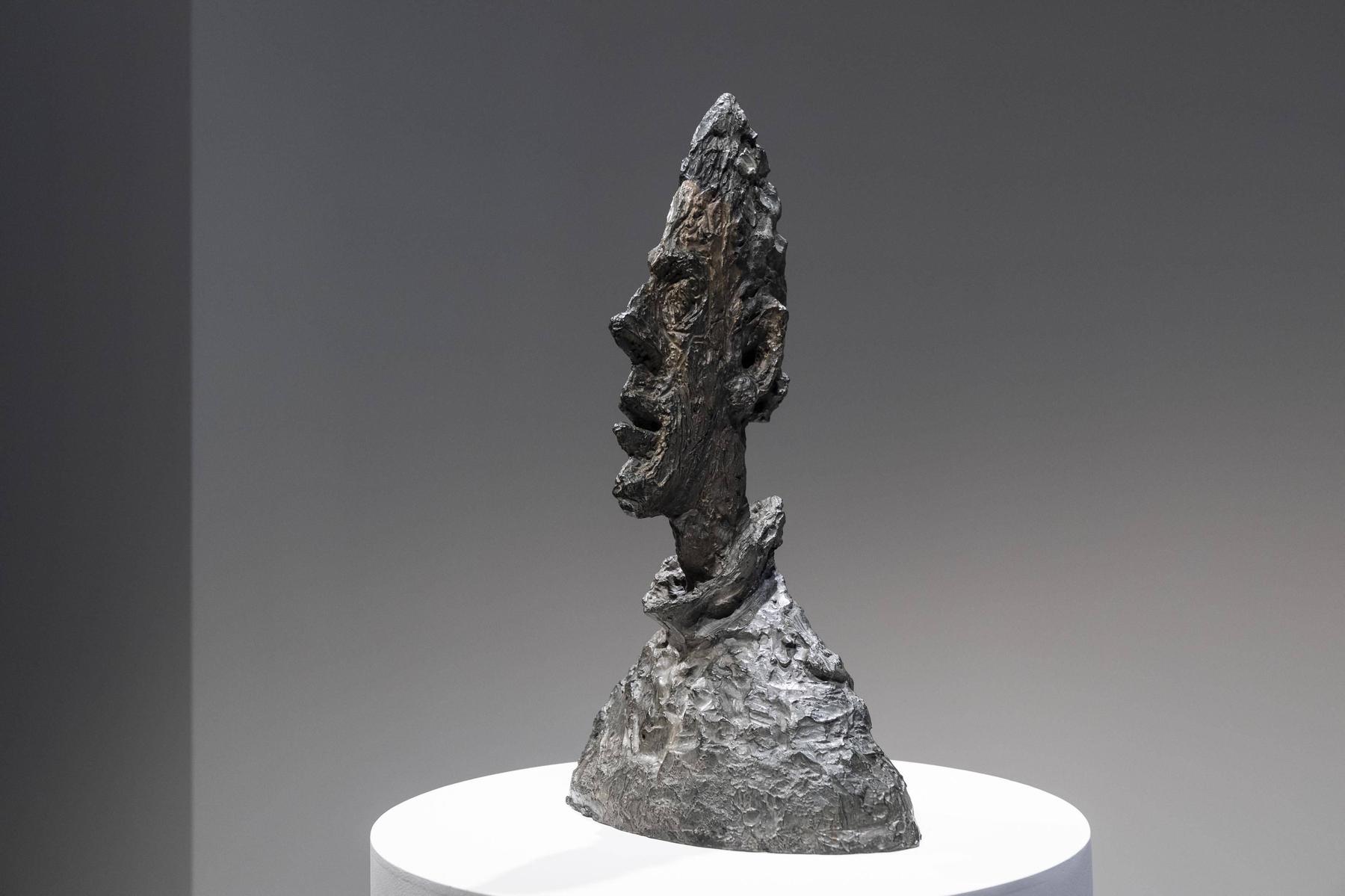The end of the soft power? – Diepresse.com

USA. American popular culture competed in Europe after 1945. Soft Power also made the USA world power. What became of it?
On September 3, 1952, an American army flight landed on the Tulln airfield. The ensemble of George Gershwin’s opera « Porgy and Bess », 66 people on board. The first appearance should be in Vienna, followed by a European tour to Berlin, London and Paris. The artists were welcomed by Ernst Haeusserman, who had returned from emigration to Austria as an American occupation officer in 1945. He worked for the US message as head of the film, theater and music department and later became one of the most important people in the theater life of Vienna.
The guest performance of the black artists from 1952 (it took place in the alternative accommodation of the Vienna State Opera) was an unexpected media success, which ensured the American organizations, which were then active in occupied Vienna. These were the Usia (United States Information Agency) responsible for public relations and the USI’s photographer team, which we owe the wonderful photos about the eight performances. The opera was transferred in the broadcaster Red-Weiß-Rot, newspapers such as the « Wiener Kurier », a foundation of the Americans, reported. Even the communist press could not avoid praising singers like Leontyne Price.
Why had « Porgy and Bess » been sent to Europe? The American ambassadors wanted to counter the propaganda that their country had no culture. Everyone should see what black artists were able to do. « Porgy » appeared particularly suitable. The ensemble was put together especially for the tour.
The guest appearance was « not only a propaganda cluster of the American occupying powers in the Cold War, but also for the acting artists a way to take positions and to counteract prejudices and stereotypes, » writes Hans Petchar in an just-released book on the cultural policy of the Allies in the occupied Vienna from 1945 to 1955. Topic (it was discussed by the « Press » on April 11th). Particularly Oliver Rathkolb has devoted itself to the major role that American cultural policy played at the time. It was not only for Austria.
From Hollywood to Harvard
It was the soft power factor of culture that was jointly responsible for the rise of the USA. From Hollywood to Harvardfrom Microsoft Until McDonald’s, the country and its products had an incomparable attraction in the 20th century. The attractiveness of American culture was, so to speak, the Matrix of the « American Century » (Henry Luce).
« You can’t make culture with politics, but maybe you can do politics with culture, » said the German liberal Theodor Heuss a hundred years ago with regard to the Weimar Republic. Germany’s cultural presence at the international level was viewed as a « spiritual weapon » at the time. The situation was completely different- there was no active state cultural and information policy from 1920 to 1930. It was only from 1938 that the concern was that the prestige of the United States waned abroad, not least because of the anti -American agitation of the Germans under Joseph Goebbels. After the United States entered the Second World War, the way for the American abroad was free.
The dam break took place at the end of the Second World War. From then on, the American popular culture practiced an irresistible attraction, it was no longer left, from advertising to comics, from music to the shopping malls. The Americanization of Europe began through tourists and business people from the USA, films and music.
In 1951 there were 27 cultural centers in Germany, called « America houses », with 135 affiliated reading rooms in smaller places. They were designed as « Window to the West », in Austria there were twelve of them until 1955. Books were considered an instrument of « re-education » for the population. The occupiers hoped that de -nacification could be possible through books that were distributed by licensees. The translated literature should help develop democratic and anti -militaristic ideas, of course it had to be anti -communist.
The medium film had a very similar social function. It was used as the transmitter of American culture and shaped the image of a country, especially because it was not only aimed at an elite, but also to the masses. Regardless of whether they had a political message or not, films per se were politically relevant. They were a mirror of American society.
US President Woodrow Wilson once said that the cinema may make wars impossible because you know the opposing country too well through films. The Hollywood film, which places value on the emphasis on individualism, competition, the freedom of choice, the representation of democracy and American society as a « Melting Pot », became the most influential « iconographic inventory of the United States in the 20th century, » writes Reinhold Wagnleitner, whose book « Coca-Colonization and Cold War » on the standard works of the American in Austria Post -war period counts.
Cultural transfer
The decisive factor for the success abroad of American culture was the economic lead of the United States. At the same time, the country’s multi -ethnic and multicultural society was always open to new influences and was a priori suitable for « export ». American intellectuals, actually looking for European traditional culture, crossed the Atlantic and settled in Europe permanently. They were more or less wanted to cultural ambassadors. The spread of jazz in the Paris of the 1920s was an immediate consequence of it, you can read this in Ernest Hemingway’s novel « Fiesta ».
American culture as an ambivalent and pluralistic puzzle culture had the ability to tell universally understandable stories. At the same time, the process of Americanization, i.e. the cultural transfer, was not an octoying of the ideas, lifestyles or fashions developed in the USA. It was not a zero -sum game that led to Deeuropeanization (or deasiatization) in the receiving countries. It was more of an undercut in cultural life.
With the phenomenon of Americanization, the fear of cultural uniformity, before the decline of artistic standards and the disappearance of national peculiarities and traditions, always went hand in hand. « The Americans have colonized our subconscious, » says director Wim Wenders one of his protagonists in the film « over time » (1976).
You can gamble soft power
The Soft Power of the USA was unrivaled in a polarized world. It manifested herself in cultural and financial strength and was used to forge and maintain alliances. The hard power, i.e. the military strength, was used only when direct threats to national security are imminent. The father of the soft power term, Joseph S. Nye, wrote in 2003: « If we gamble our soft power through a mixture of arrogance and indifference, we will increase our vulnerability, reveal our values and accelerate the erosion of our superiority. »
In view of Donald Trump’s policy, this topic is currently being discussed more intensively than ever. America is on it to gamble away his soft power, it is said that Trump does not understand that the real power of the United States is also here, in its culture, its political values such as democracy or human rights. The Soft Power allows other countries and people to convince instead of force them. Trump is not interested in that, he relies on power as an economic and military pressure and forced means.
The government’s policy affects educational exchange and scholarships, cultural programs as well as radio and media work. At the moment you also meet highly gifted students or young academics at Austria’s universities who are wondering whether a further study at one of the American elite universities is still useful for them. Finally, the advisory activity for Fulbright scholarship holders was reduced by forced vacations. Also a turning point.
Oliver Rathkolb (ed.):
« Controlled freedom.
The Allies in Vienna –
Cultural policy 1945–1955 «
Contributions to the exhibition in the Vienna Museum
Residenz-Verlag,
230 pages, 29.90 euros







